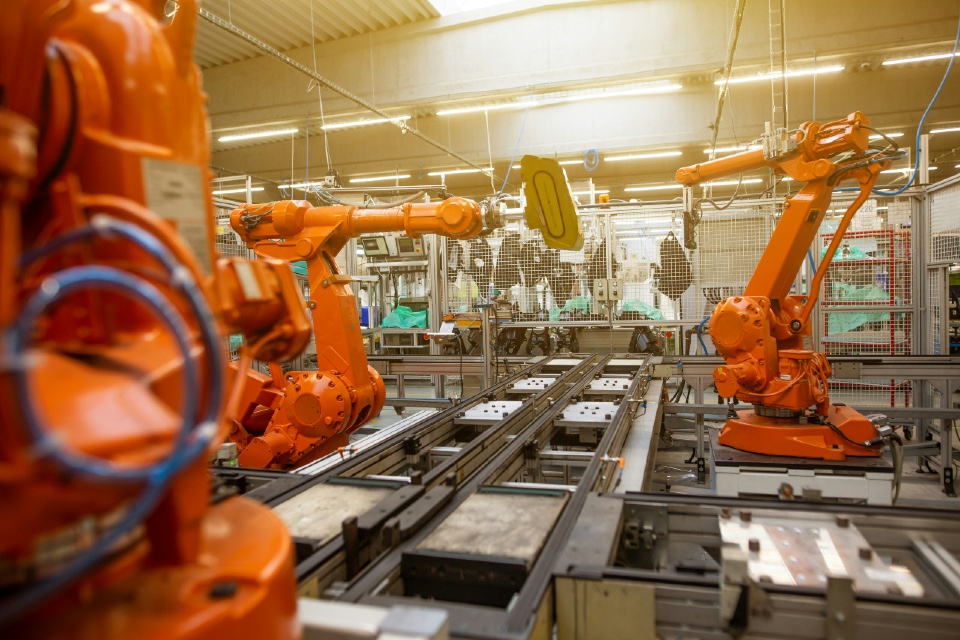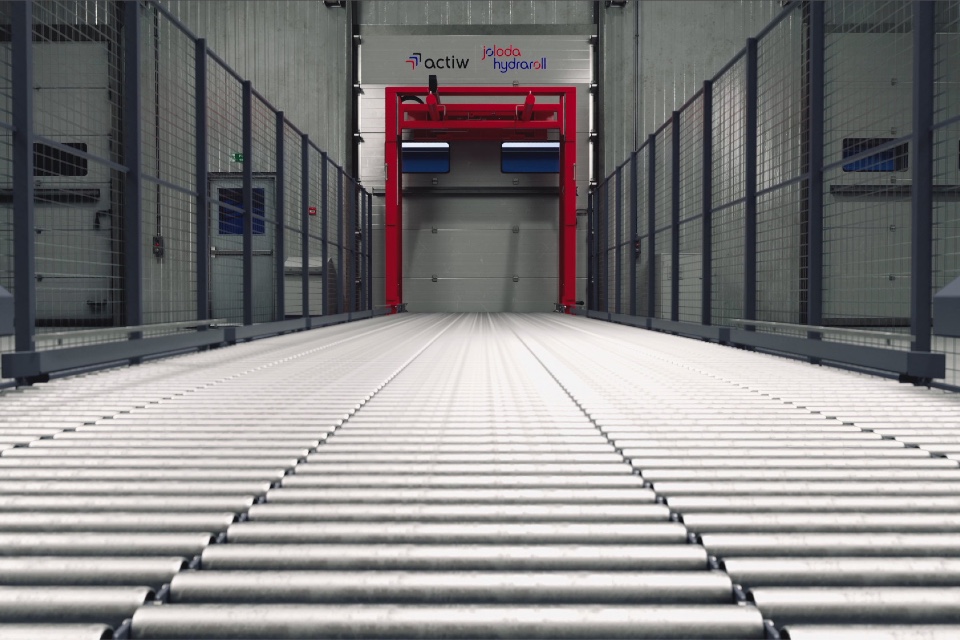Most shippers, carriers and logistics service providers understand the importance of data collection and data-driven decision-making. Data collected over time provides intelligence, enabling companies to enhance long-term decision-making. Meanwhile, real-time data can be used to make smart split-second decisions – like how to correct or replan when problems occur.
Artificial intelligence is a potent tool that helps companies get the most from their data. This takes several forms. “Statistical AI” enables users to analyse huge quantities of information to find hidden patterns and make smart decisions. Meanwhile, companies can use past data to programme “symbolic AI” models, which can be used for “purpose-seeking” applications, such as process optimisation. Jonah Mcintire (pictured, above), Chief Network Officer at Transporeon, A Trimble Company, explores further…
Automation vs. AI – understanding the difference
Automation and AI are often spoken about in the same breath, as if they are synonymous. However, though they’re interlinked, there’s an important distinction between the two. Automation involves delegating mundane, often administrative, tasks to software. It’s clerical. On the other hand, true AI involves handing over decision-making power. Software is given set parameters, but it will use them to draw unexpected conclusions. Users can give AI varying degrees of freedom. A more cautious approach is to allow software to calculate options and make recommendations for a human to approve. However, it’s also possible for it to reach conclusions and make decisions autonomously, without even informing a human.
So, where can AI in logistics transportation have the most impact? The short answer is “everywhere”. In fact, forward-thinking shippers, carriers and logistics service providers are already integrating AI into their tech stacks.
There are a few considerations to keep in mind. AI is best used for decisions with concrete financial values that are easy to score and have discrete, well-known variables. Fast decision-making cycles are also important. Like humans, AI learns from experimentation. So, if a decision is only made annually, it will take decades for the software to gather enough data to get feedback. Realistically, you want AI models to analyse thousands of decisions per day. Ideally, players would use models trained not just with their own data, but with data gathered from across the industry. This collaborative (also known as “platform”) approach enables everyone to get ahead.
So, how AI can transform how companies utilise their data through autonomous procurement, real-time ETA tools and decarbonisation?
Real-time ETA tools
The disconnect between shippers and carriers has long been a challenge in the logistics transportation industry. To enhance visibility, transparency and efficiency, we need to connect load receivers and load givers.
For example, predicting arrival times for loads has traditionally been a pain point for both shippers and carriers. Common causes of delay – like strikes, traffic jams and mechanical difficulties – can seem completely random to the human eye. But when an AI model analyses years’ worth of this data, hidden patterns do emerge. Typically – unless circumstances are truly unprecedented – AI is much better at predicting ETAs and with the help of an AI-assisted real-time ETA tool, companies can ensure they’re prepared to receive loads whenever they arrive.
Automating procurement and quotation
Spot buying is a perfect use case for symbolic AI, as companies have a set budget and clear constraints around lead times and carrier types. Beyond this, the structure of negotiations is relatively simple – participants can make an offer, wait for a response, make a counteroffer, accept an offer, or end a negotiation. This makes it easy for software to pursue its goals independently, saving thousands of manual administrative hours.
This is just one example. In the procurement space, statistical AI can also revolutionise tendering by using huge quantities of data to predict pricing. For example, instead of asking carriers to bid on a load tender, AI can present said tender – and a pricing offer – to a select number of carriers. If no carrier accepts the tendered load at the offered price, the AI can initiate additional tendering rounds as needed.
AI can also have a transformative effect for sellers of logistics services, enabling them to automatically serve customers with instant, accurate pricing for spot transports based on predicted market rates. With this ability, load takers can increase the volume of opportunities they quote for and ultimately win more new business.
Decarbonisation
The logistics transportation sector is under pressure to slash its carbon emissions. End-user customers are leaning on shippers to decarbonise. Meanwhile, shippers are putting the same pressure on carriers by contracting them based on their sustainability practices, offering longer freight contracts to environmentally responsible carriers, and even paying a premium for lower carbon transport.
With sustainability now affecting the bottom line, it’s no surprise that decarbonisation is rising to the top of the agenda for both shippers and carriers. So, how can AI help with all this?
The first thing to emphasise is that – unlike procurement – there’s often no single “right” answer when it comes to sustainability. Companies may have differing ideas of the optimum strategy, carefully balancing “cost vs. emissions” or “certainty vs. emissions”. However, once shippers, carriers and logistics service providers have decided on their risk appetite, AI can play a crucial role in helping them stick to their goals.
Companies typically adopt one of two mentalities. The first is a cap-and-trade strategy, where the company decides that it won’t tolerate more than X emissions. The second is a carbon tax, where a company decides to offset its emissions. For both of these strategies, shippers and carriers can factor “price per ton of emissions” into procurement events. Statistical AI can be a helpful decision-making tool. For example, when deciding which mode of transportation should be used for each shipment.
The future of AI in logistics transportation is collaborative
We’re at an important inflection point in the use of AI in logistics transportation. It’s poised to slash administrative work and help companies become more efficient and sustainable. But achieving this depends on effective data gathering and sharing. This is where cooperation between industry players comes in. To maximise positive outcomes for everyone, shippers, carriers and logistics service providers need collaborative digital platforms to share data to feed AI models. Looking ahead with this approach, we can significantly accelerate our progress towards reaching the industry’s digitalisation and decarbonisation goals.







